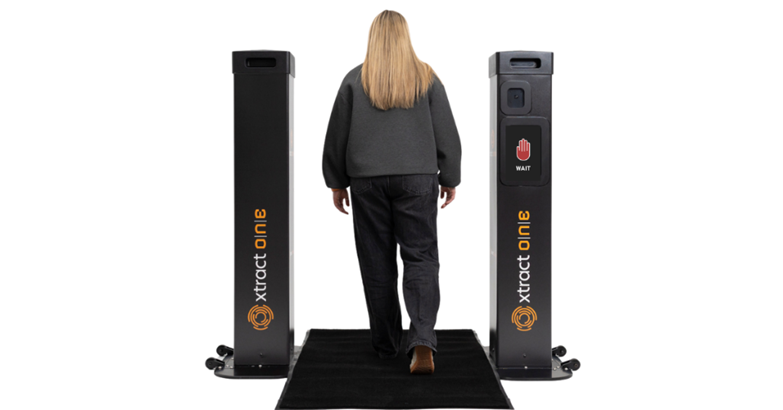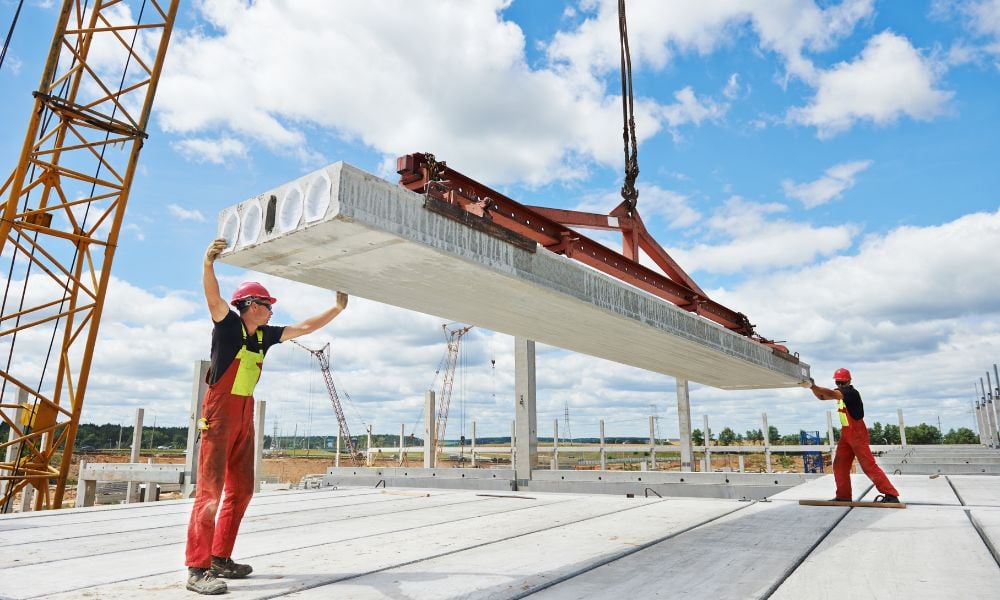Manitoba starts using new tech at entrances to enhance safety and security

Violence against healthcare workers is rising in Canada, with recent stabbings and assaults in Manitoba, British Columbia, and Nova Scotia highlighting urgent safety concerns.
“This is a harsh reminder of the dangers health workers face on the job every day,” the Canadian Medical Association (CMA) stated following a Halifax hospital attack that saw three workers injured. “Healthcare workers deserve to be treated with respect and protected in the workplace.”
The Ontario Nurses’ Association (ONA) links the surge in violence to staffing shortages.
“Violence is probably the number one thing that we are struggling with, and it's more of an issue now because of the shortages,” says Denise Werner, health & safety specialist at ONA. “The shortages are contributing to violence, and there are fewer resources for us with the turnover we’re seeing at the front line.”
As hospitals look for solutions, Xtract One Technologies is offering AI-powered weapons detection as an alternative to traditional metal detectors.
AI screening in hospitals
Peter Evans, CEO of Xtract One Technologies, believes that hospital security needs to be both effective and non-intrusive.
“What we build is a weapons detection system,” Evans explains. “If an individual walks through the system with their normal pocket clutter—cell phone, watch, wallet, keys—it’s intended to not alert, unlike a metal detector where you have to divest of all those items.”

Instead of large, intrusive scanners, Xtract One’s AI-powered towers seamlessly integrate into hospital entrances, detecting knives, firearms, and other weapons without disrupting the flow of patients and staff.
“Half the time, people don’t even know they’re there,” Evans says. “You just walk right in, like you would today, but if you happen to be carrying a weapon, we can detect that and prevent it from entering the facility.”
Weapons in hospitals: A growing concern
The scale of weapons entering hospitals may be greater than many realize. A pilot study by Xtract One at Community Health Network in Indianapolis found that, on average, 30 weapons per entrance per day—including guns and knives—were entering the hospital.
In another trial at Sentara Health, 5.6% of visitors entering hospitals carried weapons, while an additional 5% turned around after seeing the screening system, suggesting they were carrying contraband or weapons.
Manitoba takes the lead
Following recent violent incidents, Manitoba hospitals are implementing Xtract One’s screening technology.
“There was an abundance of issues—both firearm issues and knives coming into the hospital,” Evans says. “Somebody said, ‘Look, enough is enough. We need to do something about this.’”
Manitoba hospitals tested multiple solutions before selecting Xtract One’s system, citing its flexibility and ease of deployment.
“Many of these hospitals were built 10, 15, 20 years ago,” Evans explains. “They wanted a solution that fit in the space, blended into the background, and didn’t require calibration every day.”
The initial deployment focuses on high-risk areas, including at the province’s Health Sciences Centre and Crisis Response Centre locations operated by Shared Health, with an option to expand across the province if successful.
Future of hospital security
With workplace violence rising, experts predict weapons screening will become standard in hospitals, much like badge access and fire sprinklers.
“In California, they passed a law requiring all hospitals to screen for weapons by 2027,” Evans notes. “I believe that with the growing number of weapons incidents, this will become mandatory—not just for healthcare but for other environments as well.”
While security alone cannot eliminate workplace violence, staff training, better policies, and new screening technologies can help create a safer environment for healthcare workers and patients.
“In our annual employee satisfaction surveys, the number one comment was, ‘I feel safe at work.’ And that’s what this is all about,” Evans says.
With these kinds of technological advancements, hospitals may have a strong deterrent to workplace violence—one that protects staff, reassures patients, and enhances safety in Canadian healthcare settings.





